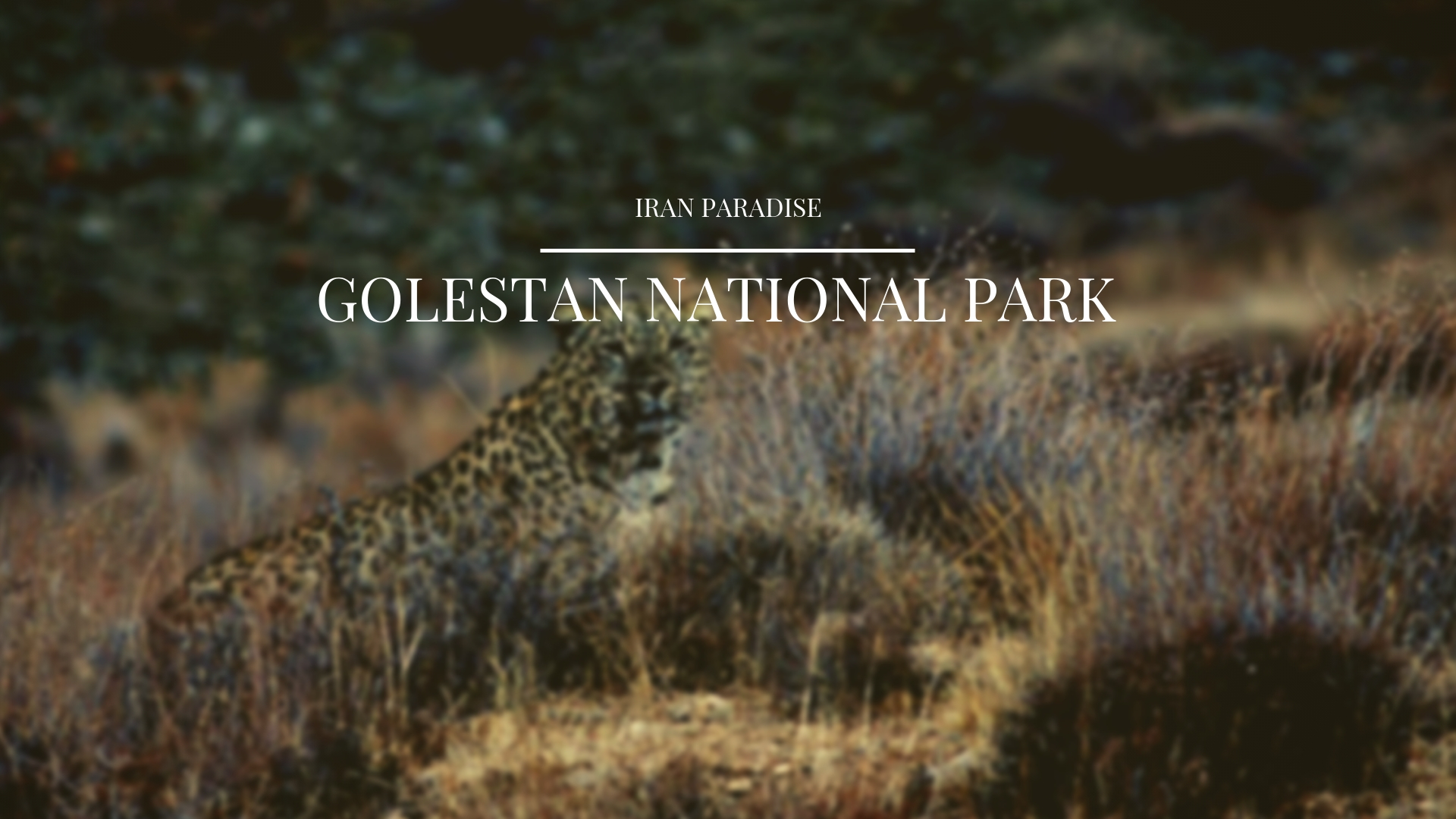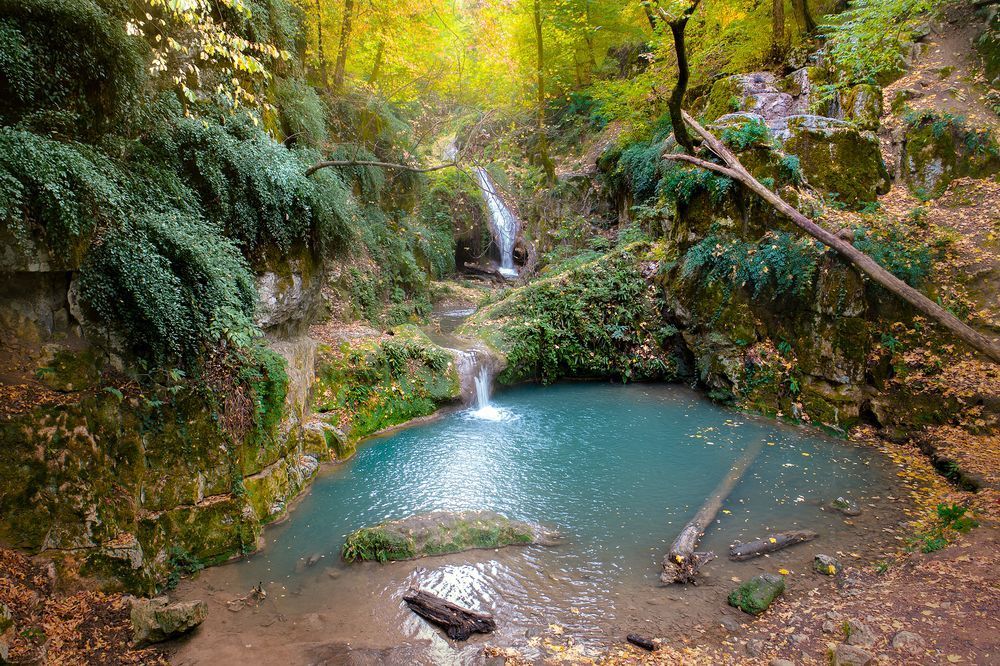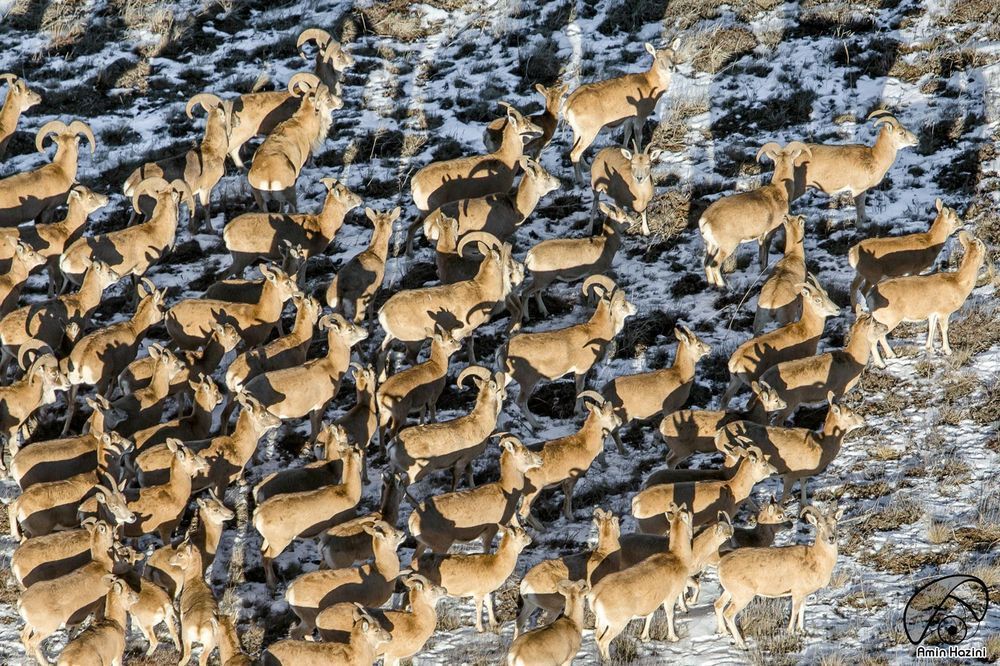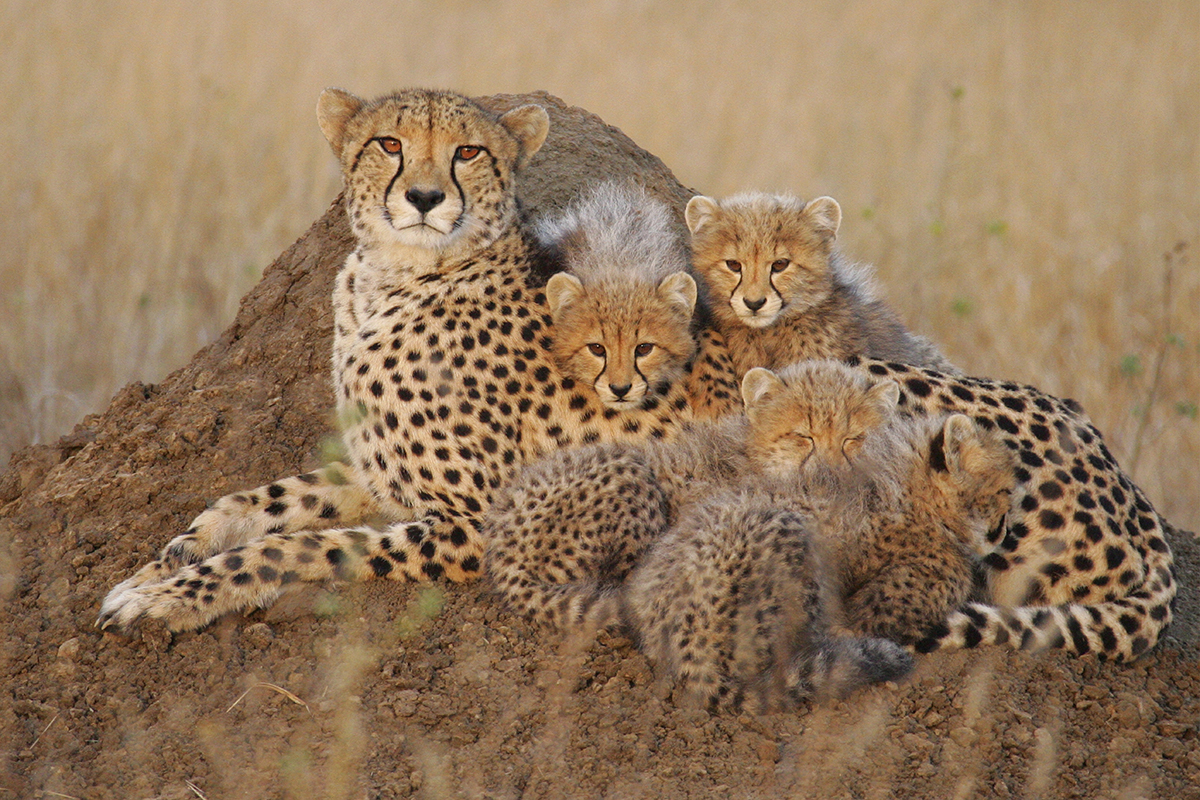Golestan Biosphere Reserve
Golestan Biosphere Reserve have been protected since 1957, this region became the first national park of Iran in 1967 prior to its recognition as a biosphere reserve in 1976. Located in Golestan, North Khorasan and Semnan Provinces and at the eastern end of the Hyrcanian forests, this park has an area of 87402 ha. The region is mountainous with altitudes ranging from 450 to 2411 m above sea level. Madar Su river has divided the park into two northern and southern halves.
The biosphere reserve represents three biomes: temperate rain forest, cold (continental) winter and semi-deserts and mixed mountain and highland systems. A vast variety of habitats can be found, such as closed forests, open woodlands and shrubs, mountain meadows, steppes, halophytic, hygrophilous and aquatic communities. Golestan is also designated as a national park.
Golestan offers a great ethnic diversity. The 26,000 inhabitants (2000) of the biosphere reserve are Turk, Persian and Kurdish. Their main activities consist in agriculture, animal husbandry, horticulture, industry, silk production and tourism. Adverse effects on the transition area come from traffic, overgrazing of rangelands and deforestation.
In the biosphere reserve, a nature museum and a research station have been put in place. Although the reserve is located in the western part of the Hyrcanian forests, its climate is strongly influenced by the humidity and western winds of the Caspian Sea. Mountain rainfall increases the humidity of the area.
The reserve has a wide variety of habitats, producing a unique diversity of fauna and flora, including 150 species of birds, 54 species of reptiles and amphibians, 8 species of huge carnivores such as the leopard (Panthera Pardus) and brown bear (Ursus Arctos), and more than 1,366 species of plant of which 30 are endemic.
The Golestan Biosphere Reserve offers a broad ethnic diversity including Turk, Persian and Kurdish inhabitants. Their main activities consist of agriculture, animal husbandry, horticulture, industry, silk production and tourism. Adverse effects on the transition area result from traffic, overgrazing of rangelands and deforestation.
Culturally significant sites in the reserve include the tomb of a Sultan, who was a Sufi mystic respected among local communities, especially Turkmens. A part of the historic Wall of Gorgan can also be found within the reserve. Three resorts and two wildlife museums attract (mainly Iranian) tourists and visitors who come for educational, scientific and recreational purposes.
The mean annual precipitations are 150 and 700 mm in the east and west of the region, respectively. The mean annual temperature ranges between 11.5oC. and 17.5oC. Golestan national park has temperate sub-humid and humid climates with very high biodiversity and more than 1400 plant species identified. The main plant species of the park include chestnut-leaved oak, hornbeam, maple, elm zelkova, Persian parrotia, lime tree, alder, Caucasian wingnut, Montpellier maple, barberry, juniper, common juniper, Persian oak, saffron, autumnal narcissus, wormseed, saltwort, prickly thrift, different orchids, irises and tulips. Some of the main species of the region are red deer, roe deer, Goitered gazelle, urial, wild goat, brown bear, leopard, jungle cat, Pallas’s cat, wild cat, stone marten, pine marten, wild boar, wolf, cape hare, Indian crested porcupine, European hedgehog, bee-eater, rock nuthatch, sparrow hawk, pheasant, golden eagle, bearded vulture, Saker falcon, peregrine falcon, see-see partridge, bunting, various buzzards, Caspian pond turtle, central Asian tortoise, viper, cobra, diadem snake, saw-scaled viper, lenkoran, Caspian vimba, and rainbow trout. Tiger and cheetah are two of the extinct species of the region. Exceptionally high biodiversity, beautiful sceneries, frequent water supplies and proper access roads have given rise to the development of educational, research and tourist activities in the park.
Tags:biomes, Cheetah, Golestan, Golestan Biosphere Reserve, Golestan National Park, halophytic, hygrophilous, Hyrcanian forests, lenkoran, Montpellier, North Khorasan, Persian Leopard, rangelands, Semnan, Turkmens





